
In Photos: The World's Freakiest Looking Animals
Naked mole rat
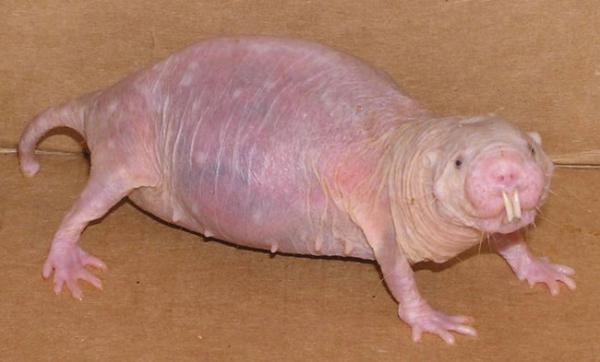
From dreadful dragonfish to bizarre bats and alarming axolotls, here are some of the freakiest creatures that walk, fly or swim the Earth.
African naked mole rats live underground and never come out. They are blind and smelly, with no fur and giant buckteeth. Yet while they're unpleasant to look at, these cold-blooded mammals are very gentle by nature and rarely act aggressively towards humans.
Two-headed turtle
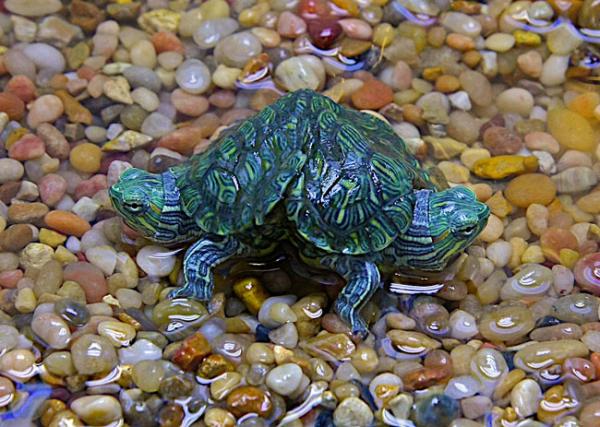
A rare example of conjoined turtle twins, this two-headed, red-eared slider turtle is named Limerick and lives at the Captain Nemo's Aquarium pet store in East Norriton, Pa. A manager of the store bought the creature from an exotic-turtle collector in 2007. While the turtle swims a bit awkwardly, it is otherwise healthy, the owner said.
Wrinkle-faced bat
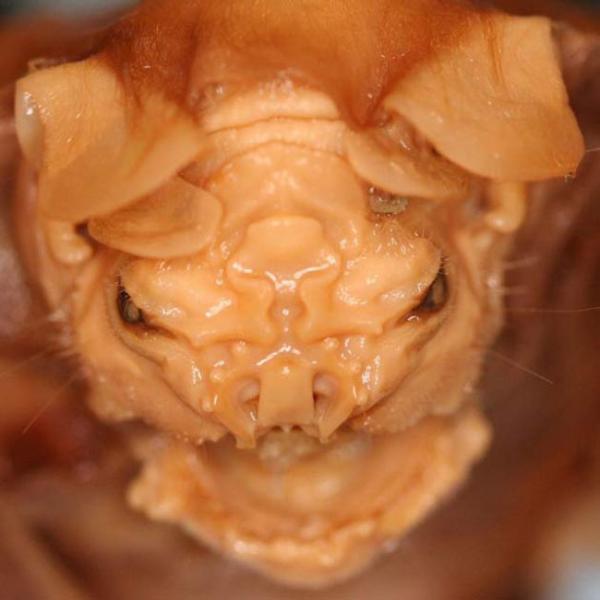
This Central American bat looks old, even as a baby. But in fact, the wrinkles are a useful part of its anatomy, a recent study found. Apparently the intricate grooves and flaps around its nostrils help the creature's sonar sense of echo-location.
Aye-aye
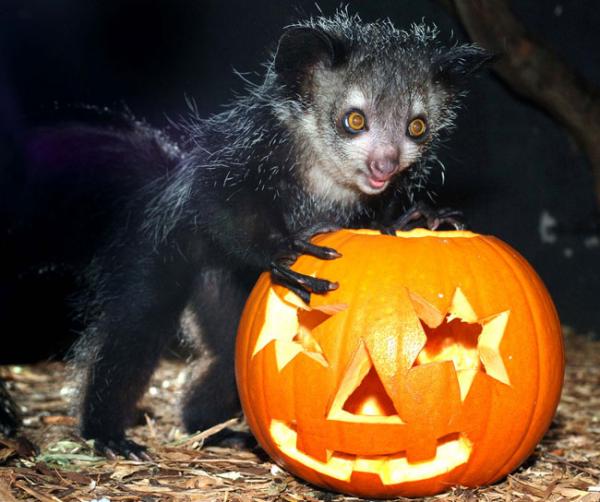
This creature sits firmly on both sides of the fence: undeniably creepy, yet totally adorable too. Unfortunately, these bat-eared lemurs have their appearance working against them in their native Madagascar. The odd-looking creature is considered a bad omen by many indigenous inhabitants of the island and is often killed on sight. This one, called Kintana, was born at the England's Bristol Zoo Gardens.
Dragonfish
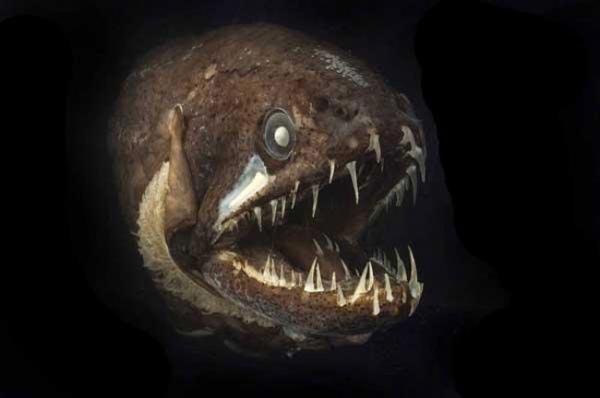
This fierce-looking deep-sea dweller has to forage for dinner in the dark depths of the ocean, so its fangs come in handy to grab on to prey. Even the fish's tongue has razor-like teeth.
Axolotl
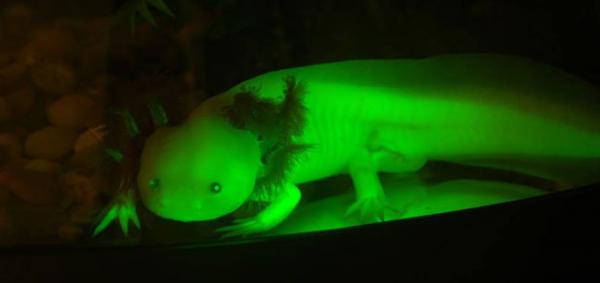
These salamanders are native only to two lakes in central Mexico. Because one of these lakes has been drained, and the other is polluted and diminished, axolotls are considered critically endangered in the wild. Because of their special ability to regenerate body parts, they are popular as research subjects in the lab. Here a green fluorescent protein lights up an axolotl under blue light.
Tube-nosed fruit bat
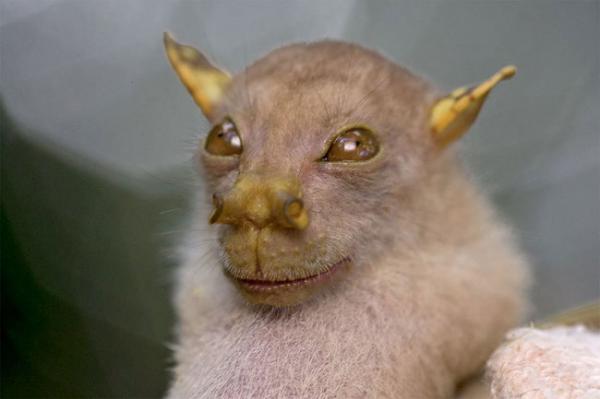
While this guy's pretty cute, too, there's definitely a sinister aspect to its Yoda-like stare and horns. The bat species was discovered in Papua New Guinea, and is thought to play an important role in dispersing seeds in the forest.
Sign up for the Live Science daily newsletter now
Get the world’s most fascinating discoveries delivered straight to your inbox.











